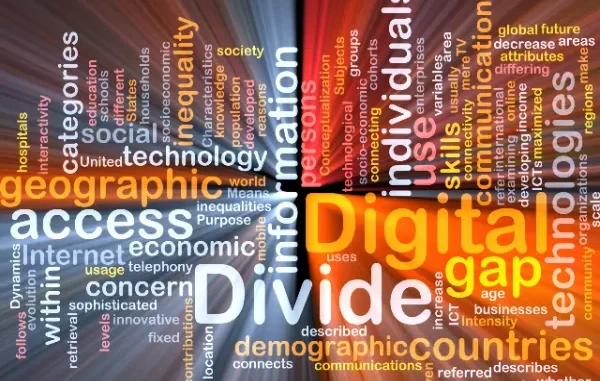
The rise of digital advertising has offered businesses unparalleled targeting capabilities. However, it also created a problem: digital saturation and a phenomenon known as “banner blindness.” Consumers are increasingly filtering out online ads, leading to diminishing returns for many brands. In response, marketers are rediscovering physical channels like direct mail and flyer distribution. This shift isn’t a retreat to old ways. Instead, it represents a calculated movement to combine the tangible presence of print with the tracking precision of digital methods.
The challenge in using these physical channels has always been attribution. How can a business confidently link a printed piece of paper to a concrete sale, calculating a verifiable cost per acquisition (CPA)? The solution lies in a disciplined, technology-first approach to a non-digital medium.
The physics of attention: Why physical media cuts through the noise
In the digital world, every message competes for milliseconds of scrolling time. The average person encounters thousands of digital ads each day, creating a mental defense mechanism that simply ignores most of them. A physical item, by contrast, demands a different level of interaction.
A piece of direct mail requires a person to physically handle it, offering a moment of undivided attention that a pop-up ad cannot replicate. According to data published by the US Postal Service, 98% of people check their mail daily, and 77% sort through it immediately, making it a high-engagement channel. This initial physical interaction establishes a more direct and memorable brand touchpoint.
This channel is particularly effective for businesses that operate with a geographical constraint, such as local service providers, retailers, or app-based services requiring users in a specific area. Its high level of local targeting is difficult to match efficiently with broad digital ad spend.
From guesswork to geometry: Mapping physical distribution
The science of traceable offline marketing hinges on rigorous operational discipline. It transforms a once-chaotic process into a controlled, measurable campaign. This involves three critical steps:
1. Granular geographical segmentation
A modern distribution campaign begins with data-backed geographical planning, not random placement. Companies use demographic data and historical sales figures to create highly specific distribution zones, sometimes down to a few city blocks. Each zone receives a unique identifier. This segmentation allows the business to test different offers or creatives in parallel, functioning much like an A/B test in digital marketing.
2. Physical to digital bridge mechanisms
To connect the physical action (receiving the mail) to the digital outcome (a conversion), every printed piece must contain a unique tracking element. This element can take several forms:
- Unique coupon codes: A short, alphanumeric code (e.g., SMRTVC-784) specific to the distribution zone and campaign flight.
- Custom URLs: A dedicated, campaign-specific landing page address.
- Trackable QR codes: When scanned, these codes lead to a unique URL that automatically registers the source of the visit before redirecting the user to the main site.
The use of these unique identifiers is what closes the attribution loop. When a customer uses the code or clicks the custom URL, the conversion is instantly credited to the precise physical area that received the corresponding material. For brands looking to execute large-scale, cross-border campaigns, managing the logistics and data capture for these tracking methods is essential. This is particularly true for those running international direct mail efforts, where geographical segmentation and logistical accuracy are paramount. Companies like Oppizi provide the technology and logistical framework to handle this entire process, ensuring that the physical distribution is as data-rich as any online ad buy.
3. Proof of execution technology
A major historical weakness of physical marketing was the lack of reliable execution verification. Did the distributor actually place the materials? Modern platforms solve this with real-time GPS tracking. Distribution teams are typically equipped with mobile apps that record their movement and activities, logging proof of delivery for each segment of the campaign. This geospatial data is audited against the planned routes, providing an auditable layer of quality control and confirming that the materials reached their intended audience.
ROI calculation: Treating print like paid media
With granular targeting, a physical-digital bridge, and verified execution, the return on investment (ROI) for a print campaign can be calculated with a precision similar to that of paid search or social media ads.
Marketers can compare the total cost of the campaign (design, printing, distribution) with the revenue generated via the unique tracking codes. This allows for a verified CPA that directly informs future media buying decisions.
This data-first approach to a physical channel has proven valuable for modern brands. For instance, a Harvard Business Review study found that combining digital and physical channels leads to higher lifetime customer value compared to using either channel alone. The combined effect captures attention offline and drives measurable action online.
This convergence of physical distribution and digital accountability marks a significant methodological advance, allowing marketers to strategically allocate budgets with greater certainty and leverage a powerful channel that bypasses digital clutter. The future of physical marketing is less about mass outreach and much more about controlled, trackable, local presence.
Leave a Reply